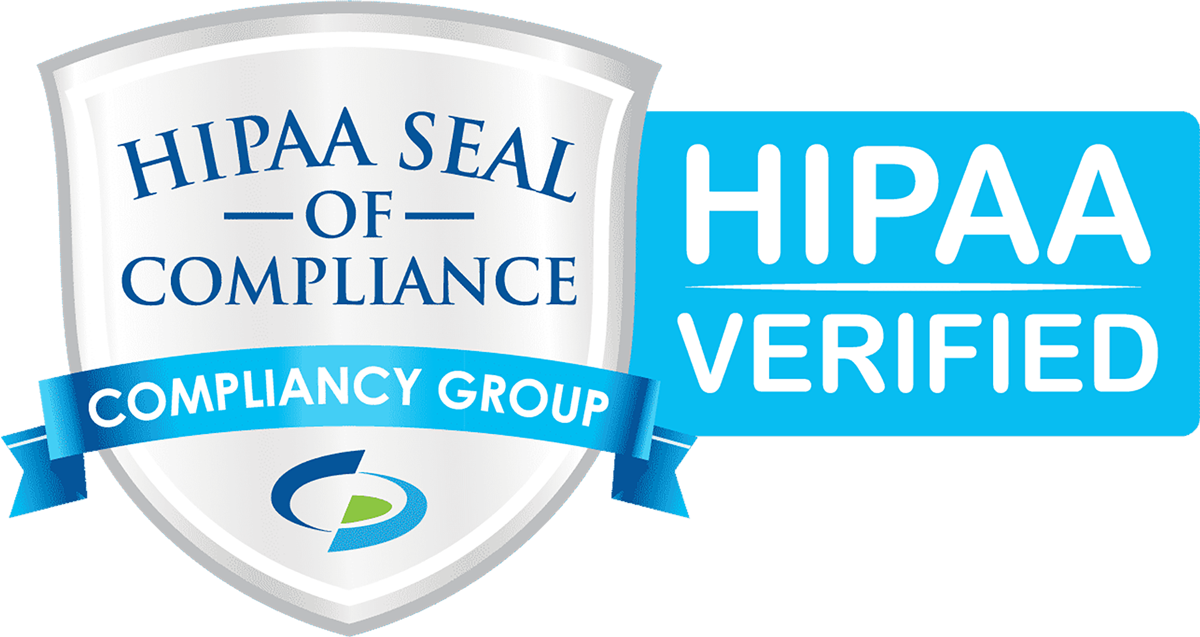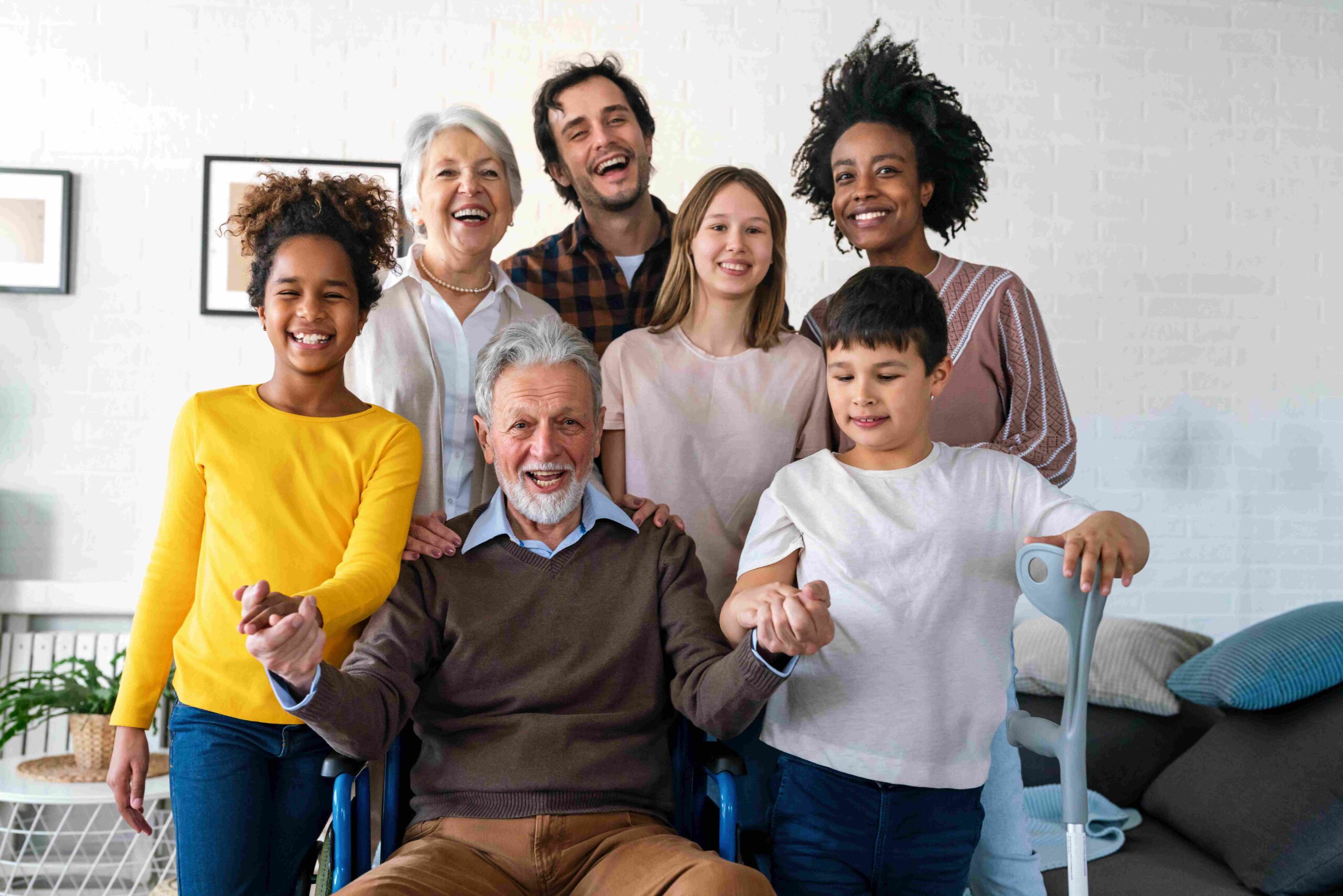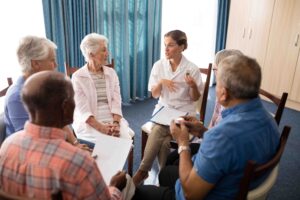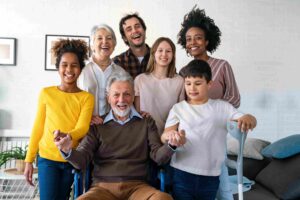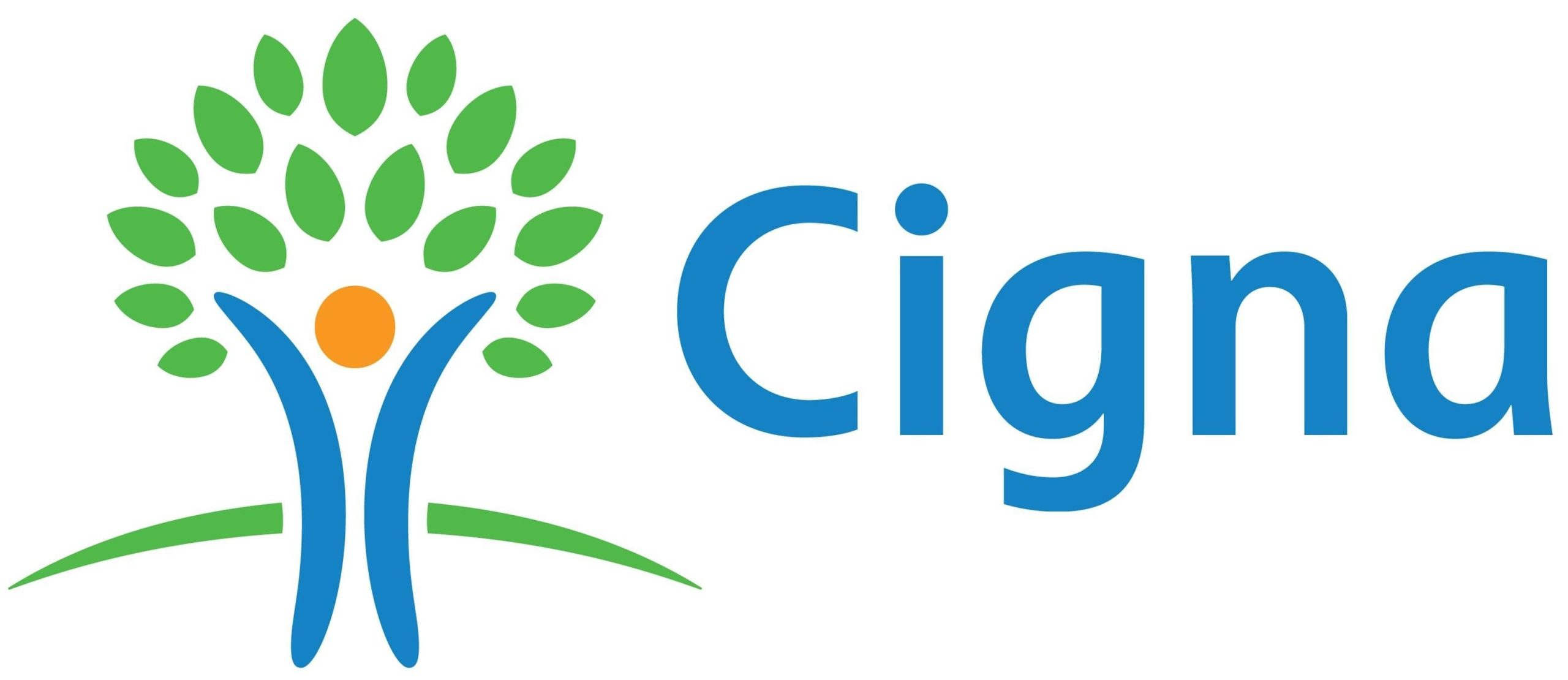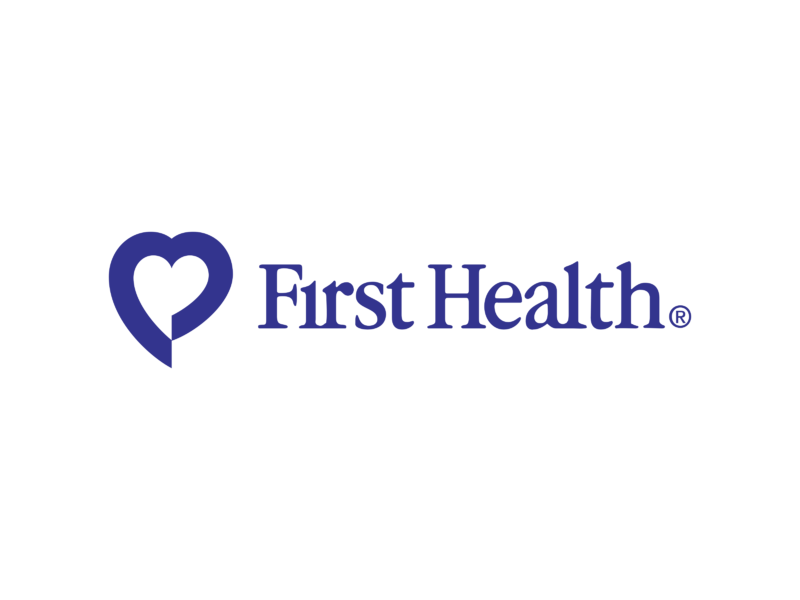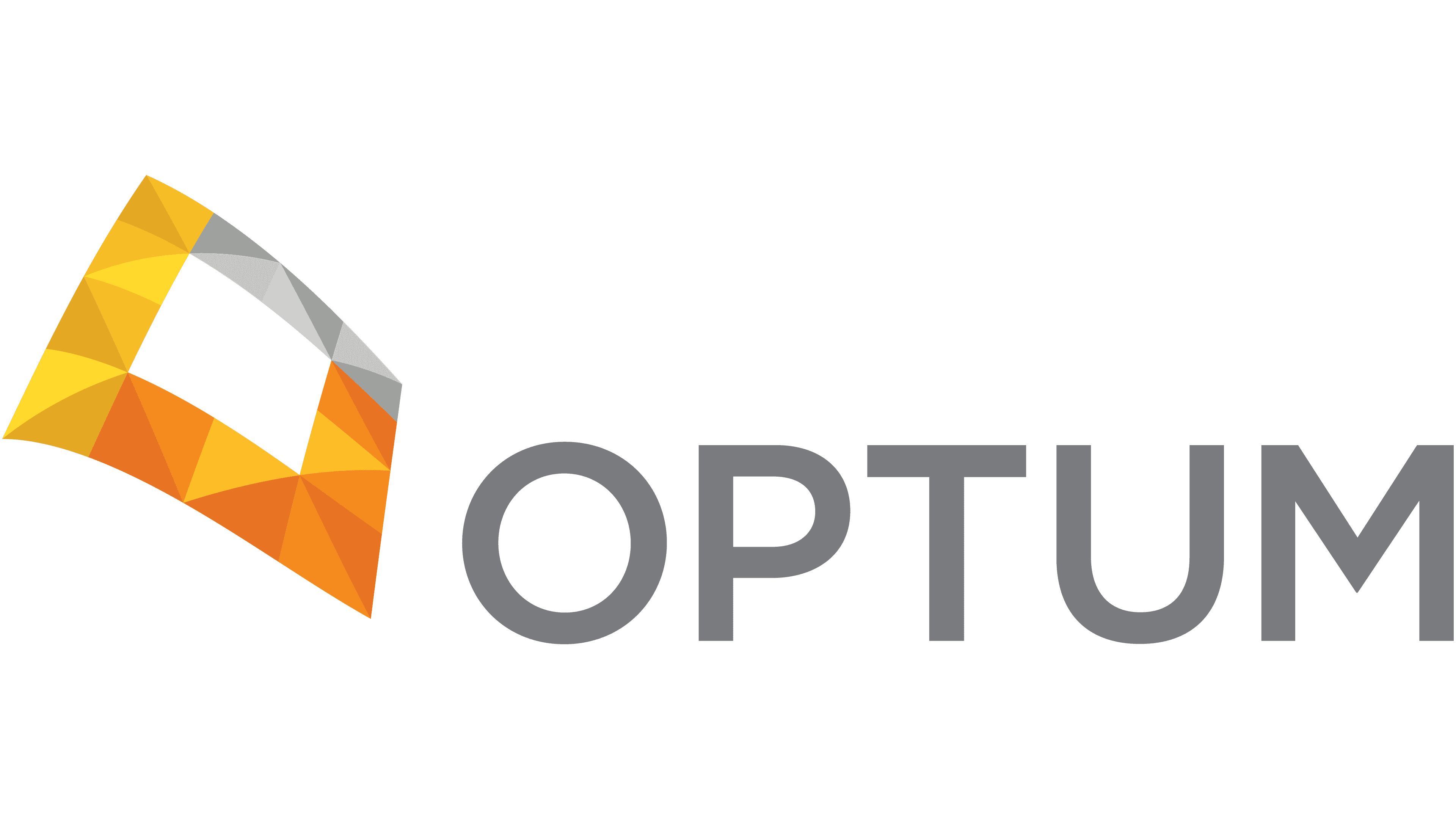The Importance of Transitional Living
Transitional independent living is a crucial step for individuals facing significant life changes, such as young people aging out of foster care or individuals recovering from substance abuse and mental health challenges. At Bright Path Program, we understand the importance of providing comprehensive support to those in need of mental health and substance abuse treatment.
Enhancing Transition Support
Enhancing transition support is vital for individuals moving towards independent living. Young people transitioning from foster care, for example, benefit greatly from maintaining positive relationships with trusted adults. These connections provide stability and link them to valuable programs and services, fostering self-sufficiency and life skills (Child Welfare Information Gateway).
Our program includes day programming and supportive services tailored to meet individual needs. The goal is to empower participants by offering comprehensive resources and an emotional support network. We also focus on youth-driven decision-making, ensuring that all choices reflect their personal goals and aspirations.
| Support Type | Description |
|---|---|
| Emotional Support | Establishing a supportive relationship with a mentor or trusted adult |
| Life Skills Training | Providing education on essential skills such as budgeting, cooking, and job searching |
| Access to Services | Connecting individuals to community resources, therapeutic services, and health care providers |
| Youth-Driven Decision Making | Encouraging individuals to actively participate in their transition planning and life decisions |
Focus on Individual Goals
Focusing on individual goals is a cornerstone of effective transitional living programs. Each person’s journey is unique, and our approach at Bright Path Program reflects this uniqueness. We tailor our services to align with the specific aspirations and needs of our participants.
Programs such as our intensive out-patient program and partial hospitalization program offer structured support while allowing flexibility for individuals to pursue personal goals. Whether it’s further education, employment, or enhancing life skills, we provide the tools and guidance necessary for success.
The importance of individualized goals cannot be overstated, especially for young people transitioning from foster care. By maintaining supportive relationships and accessing targeted resources, they can effectively transition into adulthood with a sense of normalcy and stability (Child Welfare Information Gateway).
For adults facing substance abuse or mental health challenges, personalized treatment plans are a key element of our program. Options like cognitive behavioral therapy and emdr therapy are available to address diverse needs, ensuring that each participant’s goals are met through targeted interventions.
| Goal Area | Support Provided |
|---|---|
| Education | Assistance with school enrollment, GED programs, college planning, and scholarships |
| Employment | Job training, resume building, and interview skills |
| Mental Health | Access to therapies such as dialectical behavior therapy and counseling |
| Health and Wellness | Nutritional guidance, exercise programs, and regular health check-ups |
By enhancing transition support and focusing on individual goals, Bright Path Program is committed to paving the way for successful independent living for all participants. For more detailed information on our services, please visit sections on depression treatment and drug addiction treatment.
Successful Strategies for Transitioning
Youth-Driven Decision Making
One of the primary strategies in our transitional independent living program is empowering youth to drive their own decisions. Leaders should foster environments where young individuals can confidently make choices about their future. Independent living programs are designed to help young people set and reach personal goals by providing individualized services and resources that promote self-sufficiency. Decisions made during this pivotal time must be driven by the youth themselves, ensuring they take ownership of their transition journey.
Supportive Relationships Maintenance
Maintaining supportive relationships is crucial for the success of youth transitioning out of foster care. At Bright Path Program, we help young individuals network with trusted adults who can offer stability and access to a variety of programs and services (day programming, partial hospitalization program, intensive out-patient program). These supportive relationships play an instrumental role in providing the stability and support needed to build life skills, gain knowledge, and become self-sufficient. The continuation of these supportive connections is essential for a smooth transition into adulthood.
Educational Aid and Skills Training
Educational aid and employment skills training are fundamental components of our transitional independent living programs. Ensuring that young people have access to quality education and job training opportunities significantly increases their chances of successfully transitioning into adulthood. Programs offering educational support, such as our cognitive behavioral therapy and dialectical behavior therapy, help foster independence and long-term success.
For example, our training sessions cover practical skills like resume writing, job interview preparation, and financial management. These services improve the likelihood of employment and/or continued education, providing a stable foundation for independent living. Transitional Living Programs helped more than 2,080 homeless youth transition to life on their own during Fiscal Year 2018, emphasizing the impact and success of these initiatives.
Incorporating these strategies into transitional independent living programs equips young individuals with the necessary tools and support systems to navigate their transition successfully. For more detailed information on helpful therapies, visit our sections on cognitive behavioral therapy and dialectical behavior therapy.
Evolution of Transitional Living Programs
Transitional independent living programs have undergone significant changes over the years, influenced by societal developments, economic challenges, and emerging needs. In this section, we delve into the historical background and the diverse challenges addressed by these programs.
Historical Background
The concept of transitional living programs has deep roots in history, shaped by various events and societal needs. One of the earliest forms of these programs emerged during the Great Depression of 1929 in the United States. The economic downturn catalyzed increased alcohol use and societal issues, leading to the establishment of “half-way” houses to address public inebriation and provide support.
In 1934, Alcoholics Anonymous (A.A.) was founded by Bill W. and Dr. Bob Smith, introducing the 12-step program. This groundbreaking approach laid the foundation for various addiction recovery groups and subsequent transitional living organizations. The focus was on providing structured support and helping individuals reintegrate into society (Wikipedia).
By the early 1990s, research highlighted the importance of incorporating social education, information, and skills into transitional living programs, especially those addressing substance abuse. These insights led to reduced relapse rates, increased productivity, and overall better outcomes for individuals in recovery.
Addressing Diverse Challenges
Over time, transitional living programs have evolved to address a wide range of issues beyond addiction recovery. These programs now cater to individuals facing homelessness, domestic abuse survivors, and returning military personnel struggling with unemployment and reintegration.
One key focus of modern transitional living programs is homelessness. These programs provide a crucial bridge between crisis situations and permanent housing, offering support, training, and supervision to help individuals rebuild their lives. Stays in transitional housing are typically limited to 24 months or fewer and often involve collaboration with faith-based, non-profit, or government-subsidized organizations.
In addition to housing, transitional living programs also address the unique needs of returning military personnel and domestic abuse survivors. For military veterans, these programs offer comprehensive support, including job training, mental health services, and substance abuse treatment. Similarly, for domestic abuse survivors, transitional living provides a safe space, emotional support, and resources to regain independence.
| Year | Key Milestones in Transitional Living Programs |
|---|---|
| 1929 | Introduction of “half-way” houses during the Great Depression |
| 1934 | Founding of Alcoholics Anonymous (A.A.) |
| 1990s | Incorporation of social education and skills in programs for recovery |
| 2000s | Expansion to address homelessness, domestic abuse, and support for veterans |
To explore the various government programs that support transitional living, visit our sections on the Chafee Foster Care Program, Homeless Youth Transitioning, and the Transitional Living Program Overview.
For those in need of mental health and substance abuse treatment, our intensive out-patient program, partial hospitalization program, and various therapy options like cognitive behavioral therapy and emdr therapy are designed to help you on your path to recovery.
Understanding the history and evolution of transitional independent living programs provides valuable insights into how these initiatives have adapted to meet changing societal needs, offering crucial support to those on their journey to independence and stability.
Vital Aspects of Transitional Housing
Transitional housing plays an important role in supporting individuals transitioning to independent living. Here we will discuss key aspects such as target population determination, location selection considerations, and funding and resource acquisition.
Target Population Determination
Determining the target population for transitional housing is crucial. Generally, this housing supports those dealing with crises like homelessness or youth transitioning from foster care. Our goal at Bright Path Program is to ensure these individuals receive the appropriate support, training, and supervision during their transition period.
Transitional housing often caters to:
- Former foster care youth
- Individuals recovering from substance abuse
- Those experiencing homelessness
- Survivors of domestic violence
Support services, including mental health, substance abuse treatment, and life skills training, are integral to their transition to independent living.
Location Selection Considerations
The location of transitional housing significantly affects the success of the program. Ideal locations should provide easy access to healthcare facilities, public transportation, grocery stores, employment opportunities, schools, daycare, and community resources.
| Consideration | Importance |
|---|---|
| Healthcare Access | Ensures continuous medical and mental health support |
| Public Transportation | Provides mobility and access to jobs and services |
| Employment Opportunities | Facilitates the development of financial independence |
| Schools and Daycare | Supports educational needs for participants and their children |
Funding and Resource Acquisition
Securing funds and resources is a key challenge in establishing and running transitional housing programs. We recommend starting small and expanding based on available resources. Engaging local businesses for donations and job opportunities can be effective.
Potential funding sources include:
- Community Fundraisers
- Government Grants
- Partnerships with Non-profit Organizations
- Donations from Local Businesses
- Private Foundation Grants
| Funding Source | Typical Contribution |
|---|---|
| Community Fundraisers | Variable, depending on community engagement |
| Government Grants | Can provide substantial support for various projects |
| Local Businesses | Often contribute resources, funds, or job opportunities |
| Private Foundations | May offer specific grants tailored to transitional living programs |
For those participating in our programs, we ensure comprehensive support, including access to therapies like cognitive behavioral therapy and dialectical behavior therapy, which can be vital for mental health and well-being during the transition.
By understanding and addressing these key aspects, we can create a strong foundation for successful transitional housing programs, ultimately helping individuals achieve a sustainable and independent lifestyle.
Government Programs for Transition Support
In our work at the Bright Path Program, we recognize the vital role of government initiatives in supporting transitional independent living. Here, we explore three prominent programs: the Chafee Foster Care Program, Homeless Youth Transitioning, and the Transitional Living Program.
Chafee Foster Care Program
The Chafee Foster Care Program is designed to assist young people transitioning from foster care to independence. This program offers a range of services, including educational aid, employment skills training, and housing assistance.
| Service | Description |
|---|---|
| Educational Aid | Provides funds for college or vocational training. |
| Employment Skills Training | Helps youth acquire job skills and employment opportunities. |
| Housing Assistance | Supports in finding and maintaining stable housing. |
Connecting young people with supportive relationships is also a key component of this program, ensuring they have trusted adults to guide them. These connections improve life skills, knowledge, and self-sufficiency, making the transition smoother and more effective.
Homeless Youth Transitioning
Another critical initiative is the Homeless Youth Transitioning program, which aims to address the unique challenges faced by homeless youth. This program focuses on providing transitional living arrangements and essential support services.
| Age Group | Services Provided | Duration |
|---|---|---|
| 16 – 22 years | Community-based homes, adult-supervised group homes, scattered site apartments | Up to 540 days |
The aim is to offer a temporary safety net and strong emotional support for homeless youth. The program ensures that youth receive the necessary support to transition smoothly into adulthood.
Transitional Living Program Overview
The Transitional Living Program, established in 1990 by the Family and Youth Services Bureau (FYSB), addresses the needs of older homeless youth who cannot return home. The program is structured to provide long-term support, going beyond the scope of emergency shelter programs.
| Target Group | Services | Established |
|---|---|---|
| Older homeless youth (16 – 22 years) | Long-term housing, life skills training, employment assistance, educational support | 1990 |
This program is specifically designed to offer support that emergency shelters do not, aiming to equip youth with the skills and connections they need for a successful transition to independent living. Youth in this program benefit from a community-based, adult-supervised environment that fosters stability and growth.
For those in need of additional support, we offer various programs including cognitive behavioral therapy, dialectical behavior therapy, and more specialized treatments like drug addiction treatment and depression treatment. Our comprehensive approach ensures that all mental health and substance abuse needs are addressed during this critical transitional period.
Key Skills for Independent Living
Transitional independent living is a crucial phase for individuals moving towards greater autonomy. At Bright Path Program, we believe fostering essential skills is key to a successful transition. Below are the core skills necessary for independent living.
Self-Management and Advocacy
Mastering self-management and advocacy equips individuals with the ability to handle daily responsibilities and assert their needs confidently. Our Transitions core curriculum includes tailored modules on self-management and self-advocacy to help students with learning differences thrive in various environments. Key aspects include:
- Time Management: Organizing daily routines effectively.
- Financial Literacy: Budgeting and managing finances.
- Health Maintenance: Adhering to self-care routines and health appointments.
Social Skills Development
Developing strong social skills is pivotal for functioning independently and building meaningful relationships. We focus on making sure our participants can navigate social settings with ease. Our curriculum emphasizes:
- Communication Skills: Improving verbal and non-verbal communication.
- Conflict Resolution: Handling disagreements and resolving conflicts.
- Relationship Building: Forming and maintaining healthy relationships.
These skills not only support personal growth but also ease integration into community life. For specialized support, we offer programs like cognitive behavioral therapy and dialectical behavior therapy to enhance social interaction skills.
Lifestyle Confidence Building
Building lifestyle confidence empowers individuals to manage their lives effectively and independently. At Bright Path Program, this involves:
- Self-Care Processes: Teaching basic self-care such as grooming and hygiene.
- Living Tasks Mastery: Helping individuals master daily living tasks like cooking and cleaning.
- Study and Work Habits: Establishing productive study and work routines.
Our approach includes goal-setting and personalized strategies to build confidence in various life situations (Transitions USA). This holistic development ensures that individuals can advocate for themselves in school, work, and social contexts.
For those transitioning from foster care, resources like ‘It’s My Move’ provide essential tools and opportunities to support this journey (Pathways). Additionally, exploring our day programming and intensive out-patient program can provide further support and skills enhancement.
Below is a summary of the key skills for independent living:
| Skill Category | Key Aspects |
|---|---|
| Self-Management and Advocacy | Time management, financial literacy, health maintenance |
| Social Skills Development | Communication, conflict resolution, relationship building |
| Lifestyle Confidence Building | Self-care, living tasks mastery, study/work habits |
Strengthening these skills ensures a smoother transition to independent living and enhances overall well-being.

